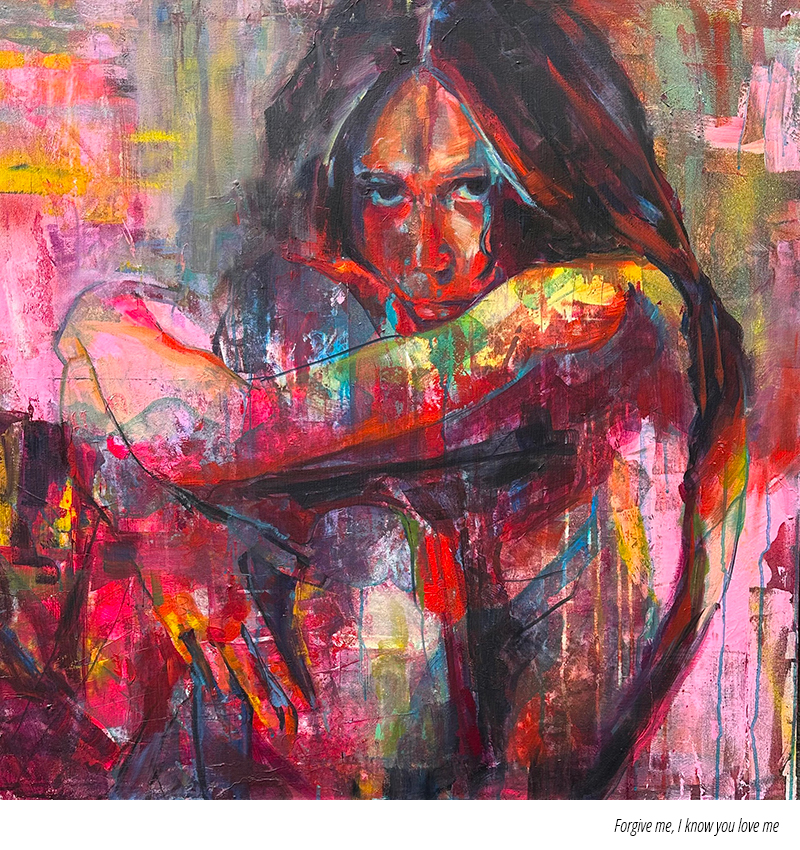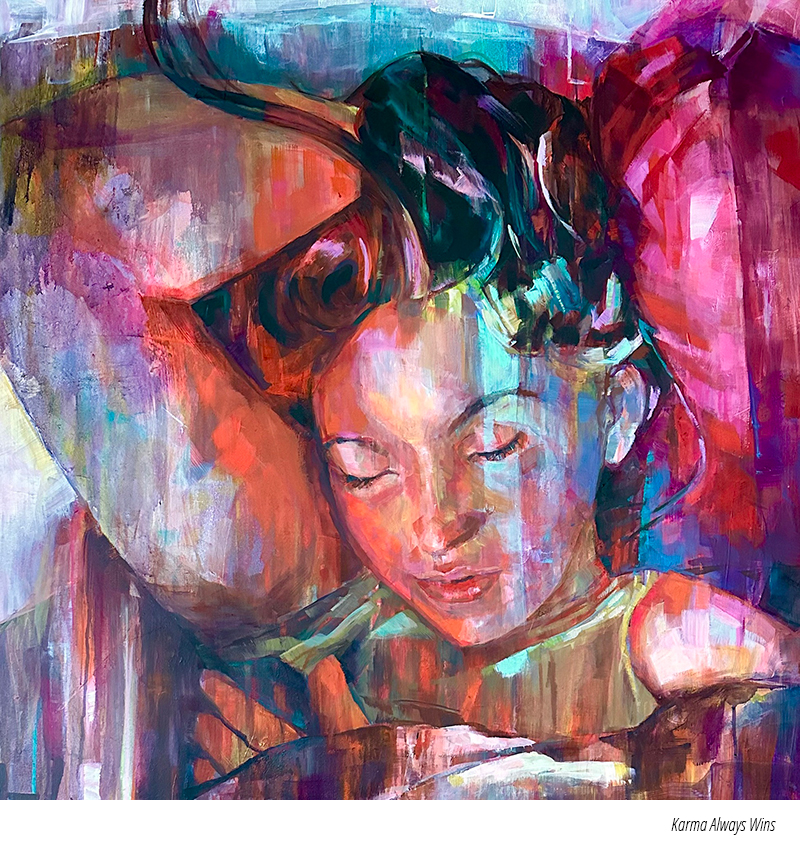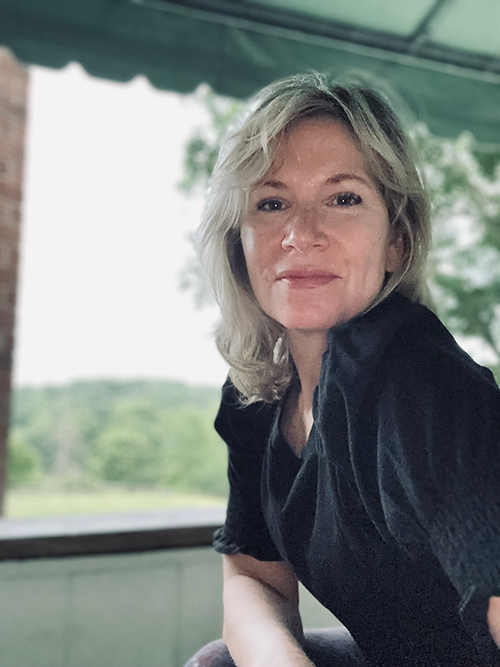
Tell a little bit about how you first got into creating art.
I always loved making art and was drawn to the expressivity of it at a young age. In High School, I had a teacher in my freshman class who was not supportive of certain students and I was one. It was a profound experience as teachers do hold so much power that I abandoned the idea of art making. It wasn’t until my senior year of college that I found myself in a painting class and the passion was reignited. I did an abrupt face and began to study art at that point. I went on to continue my education and teach art in the public and private domain for the next 25 years. The beauty of how the process of making art allows students to understand the value they bring to this world continues to be a driving force in my life. I was able to immerse myself in the creative process of teaching and engage in my own art as well.
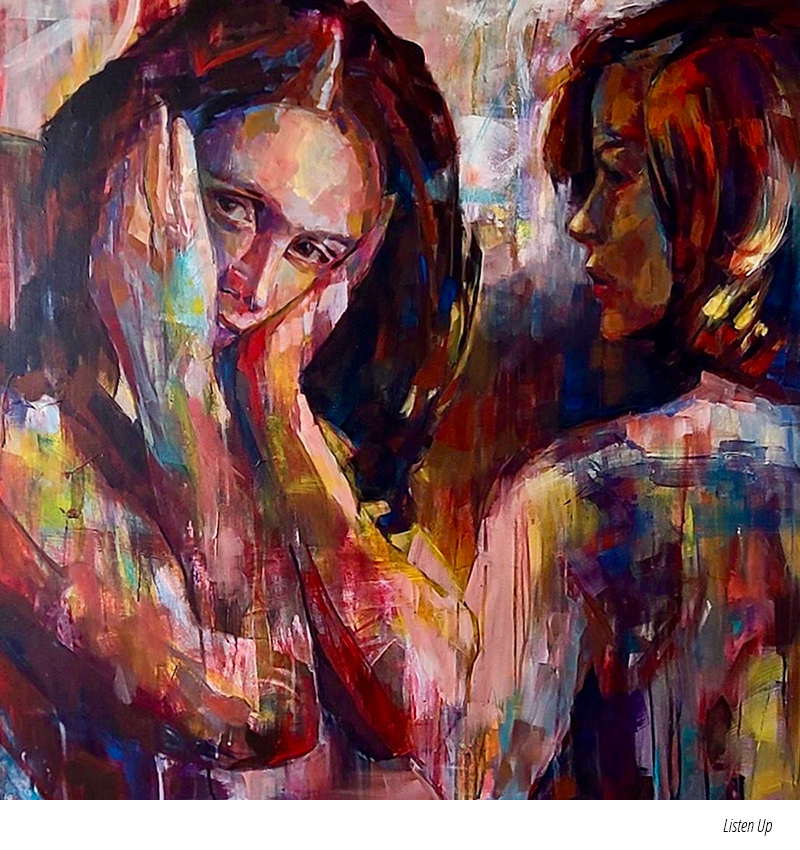
It's important for me to be as honest as I can through my art which is often the most difficult for me
What artists or movements have had an impact on you?
I have been deeply impacted by the female artists throughout time. The courage and bravery of Artemisia Gentileschi and Rosa Bonheur, the sacrifices made by Mary Cassatt and Georgia O’Keeffe (I named my daughter Georgia after her), the expressive figurative works of artists like Suzanne Valadon and Gabriele Munter and, of course, the honesty and authenticity of Frida Kahlo’s work.
What themes does your work involve?
My figures and portraiture try to explore the complexity of human emotions. I sometimes use patterns in my work as a means to connect the emotion to the subject and the viewer. I use both abstraction and realism to highlight the variability of our own emotional landscapes.
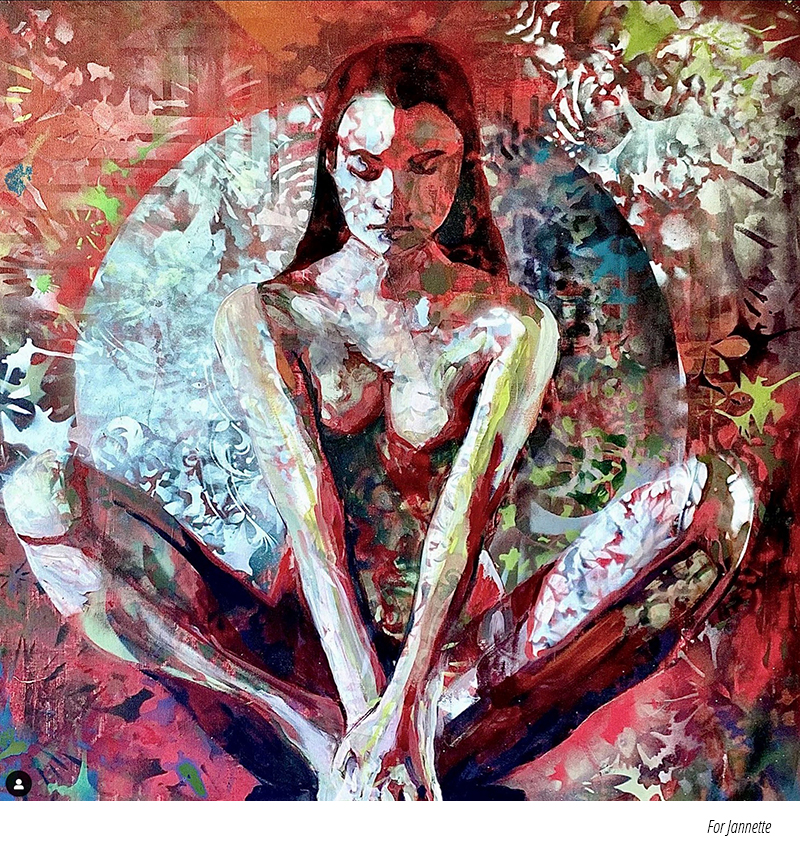
How boring it is to not question your perspective on things when the unexpected happens
What is important to you about the visual experiences you create?
It's important for me to be as honest as I can through my art which is often the most difficult for me. I struggle with vulnerability and often find myself painting what I think I should be or feel. I rarely get it right. I do know that when I manage to create something honest, it's much more relatable to the viewer and that can be extremely powerful.
What is the significance of medium and color?
Medium and color for me is a vehicle for exploration to express my ideas. I use a variety of mediums in my art including, pastel, pencil, oil, acrylic and spray paint. Each offers a different texture and property that can create levels of depth to my pieces. The infinite world of color is often times overwhelming and can really dilute the impact of a piece. The struggle of a using a limited or neutral palette is very real for me.

Do you work from memory, life, photographs, or from other resources? Describe your creative process.
I usually use images that I have either photographed or that I find somewhere. I use my iPad to create a composition first. It rarely, almost never, looks like the original idea. Following a reference is a very safe route to go when I feel like I need the rush of realism, confidence and purpose… but it's when I discard the reference and dig deep from memory and imagination that the powerful stuff happens. I am a very physically active person and it's usually when I am running or exercising that I generate my ideas for my next painting.
What is your favorite art accident? Did it change your perspective?
My favorite part of painting is when something unexpected happens. A line, a shape, a connection between two colors. I think it’s about awareness and that awareness does change your perspective and how you interact and relate to your work. It's just like life. How boring it is to not question your perspective on things when the unexpected happens.
Do you have any artistic goals for the future that you would like to share?
My artistic goals for the future are to continue to communicate ideas and feelings that are authentic and meaningful. I would like to continue to develop my techniques and skills as an artist so that I can create work that is innovative and thought provoking. I will always continue learning and teaching of some level.
What do you consider the role of an artist today?
Artists are innovators, influencers, community builders and collaborators. I think the most important role of an artist is to keep showing up, regardless of what purpose your art might serve the world. Showing up and sharing the work allows humanity to nurture a richer understanding about ourselves and the world around us.
